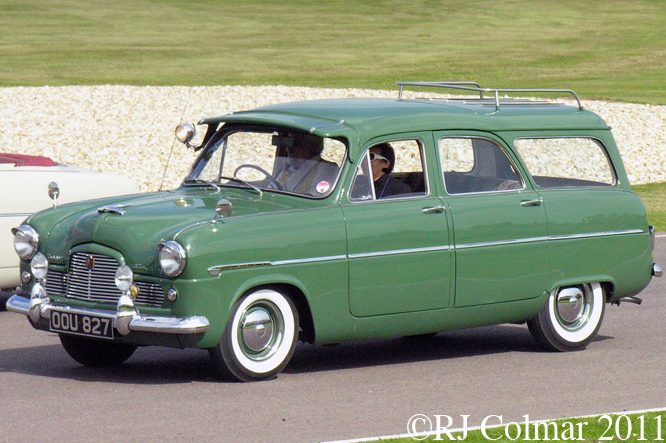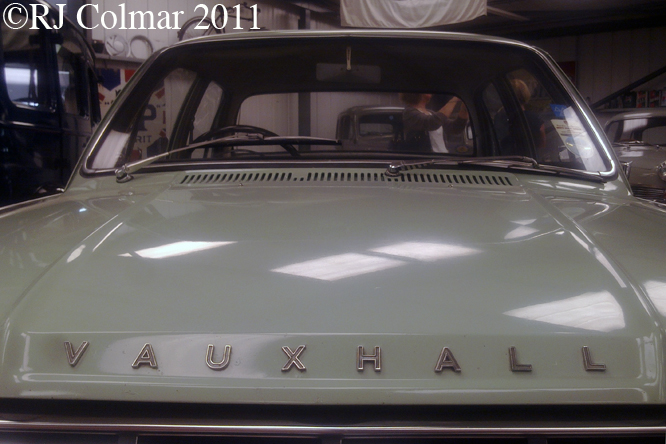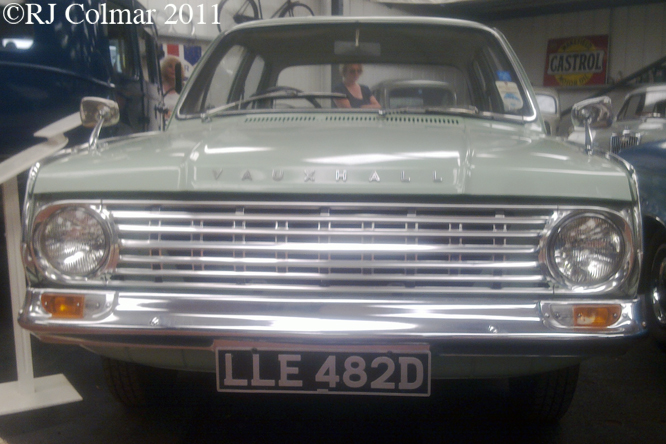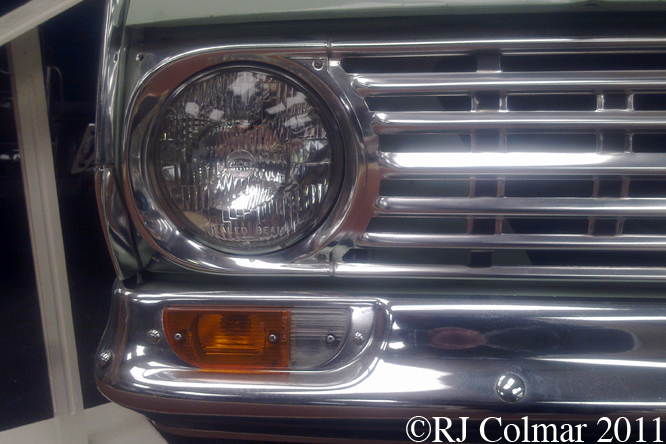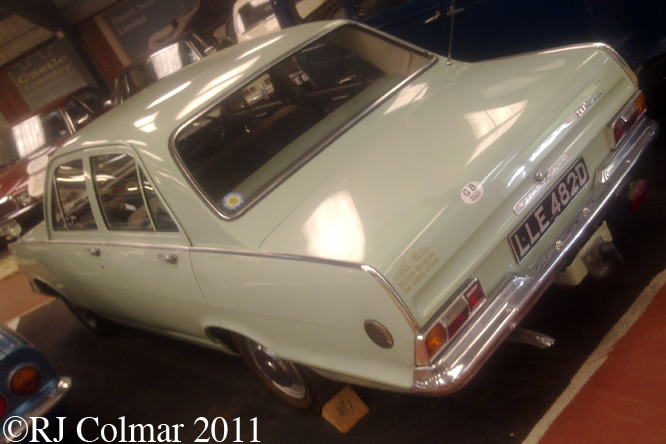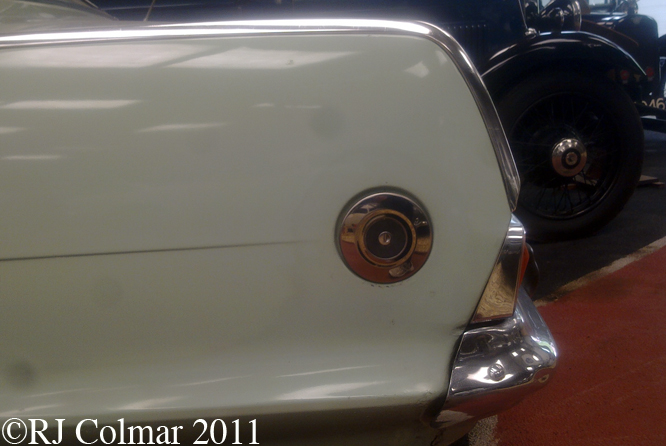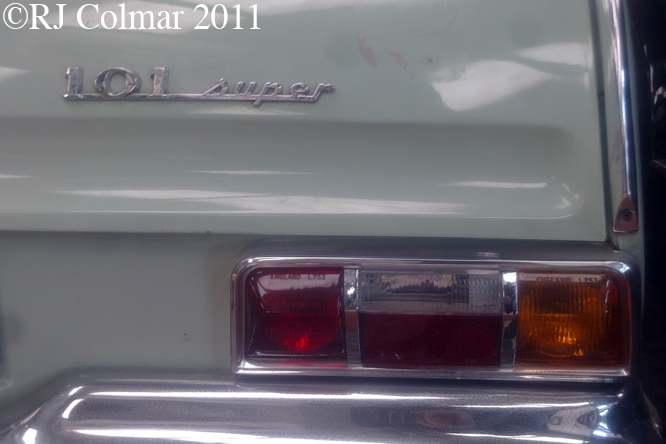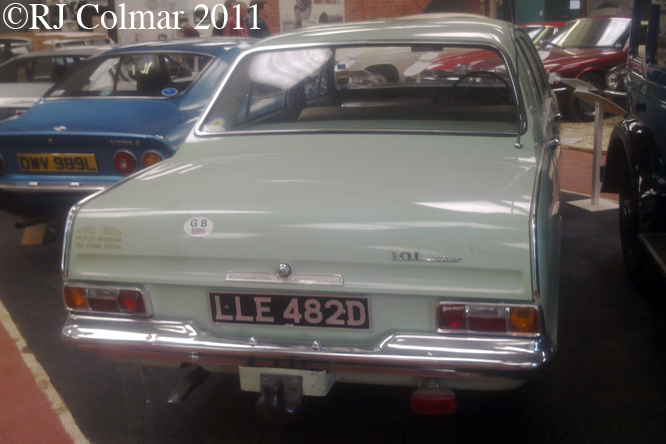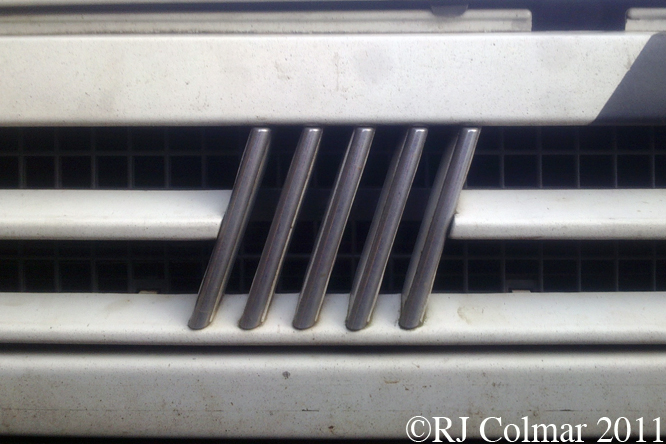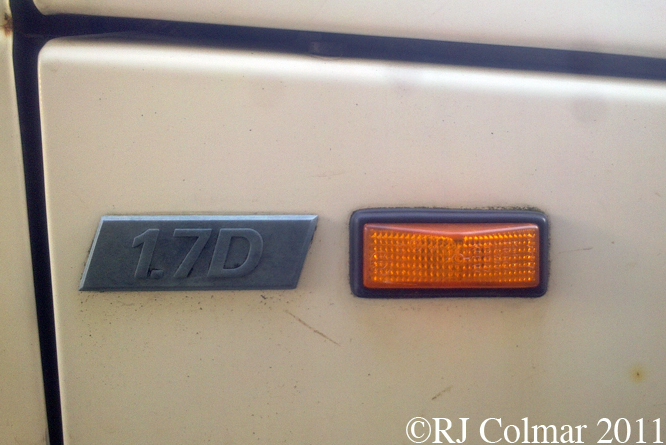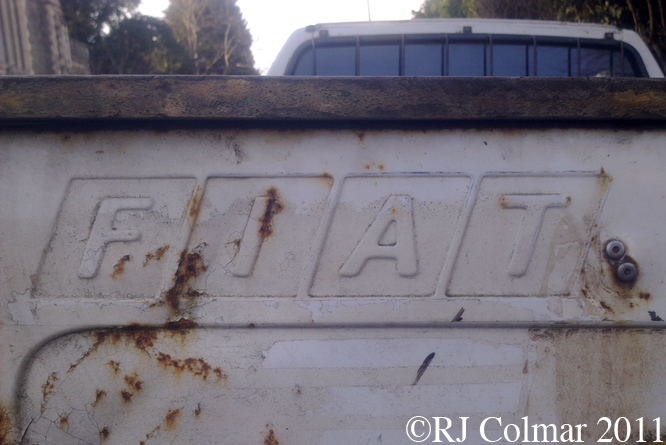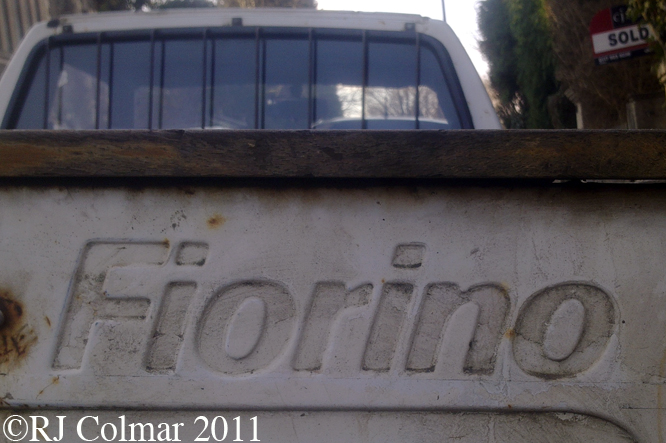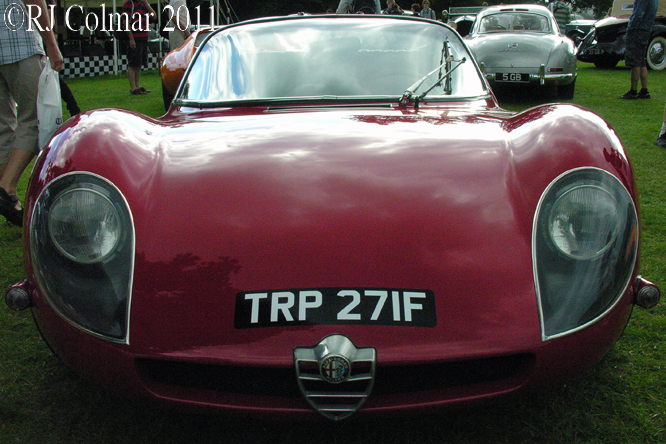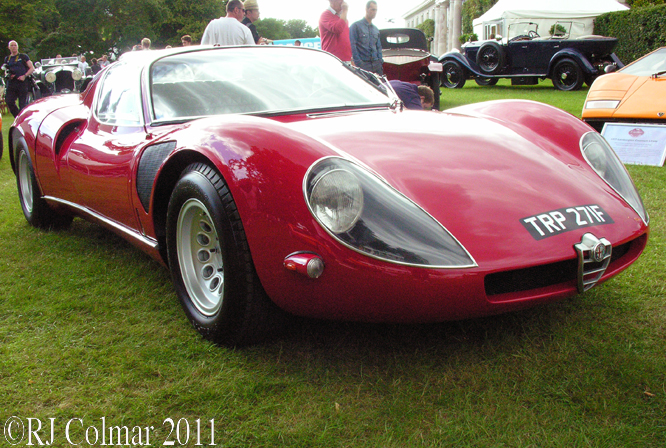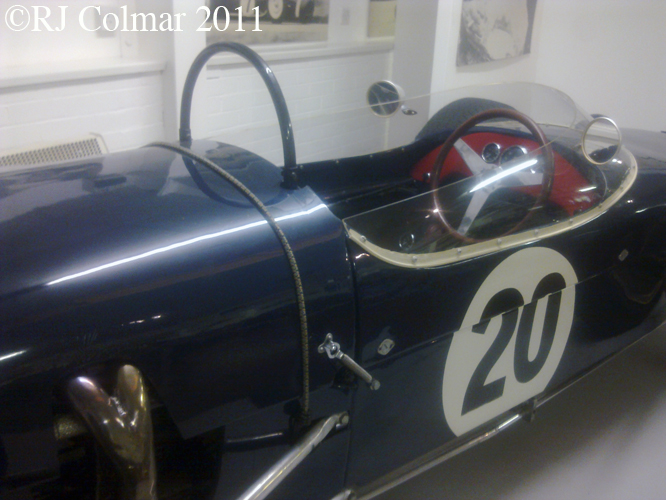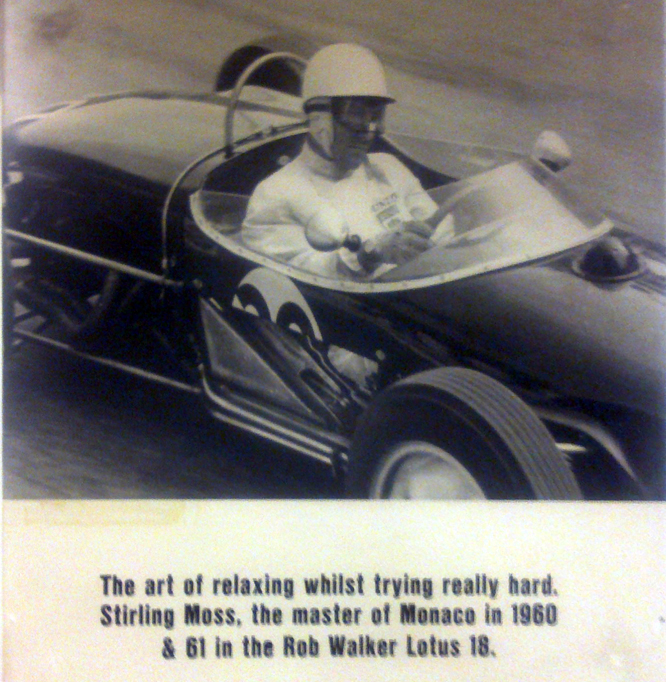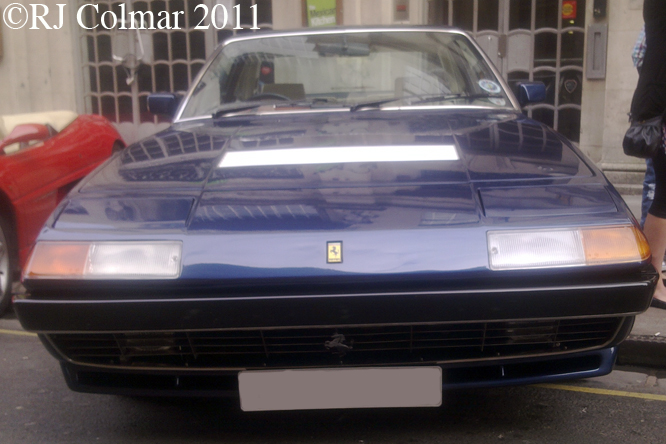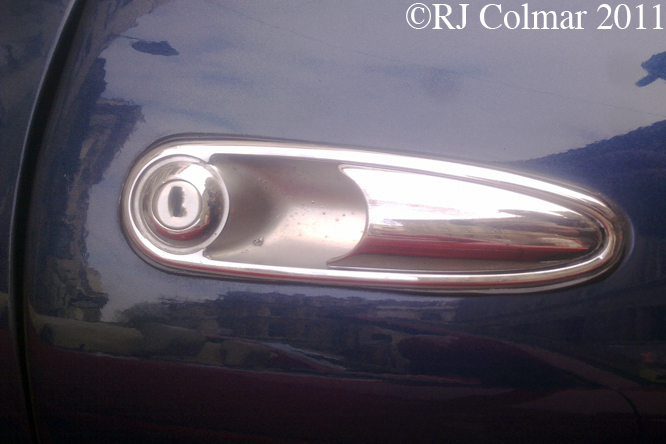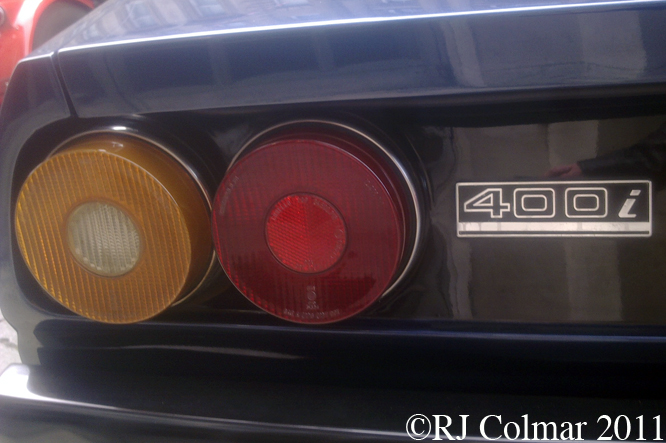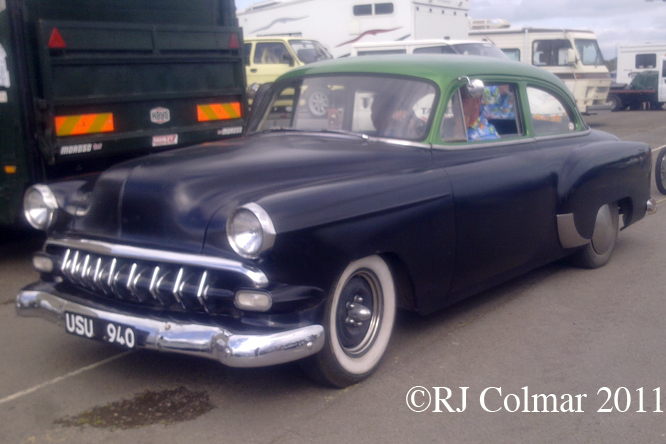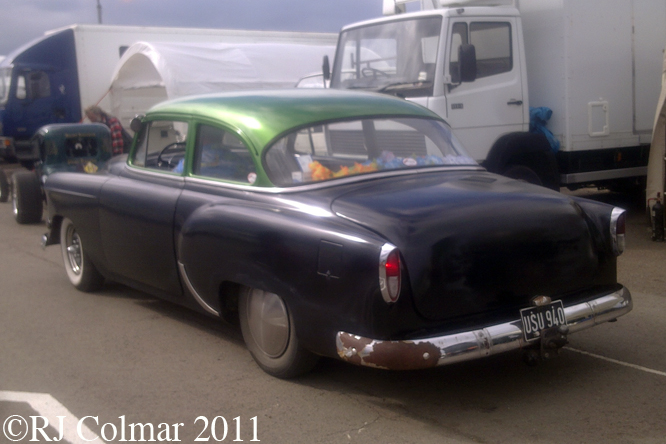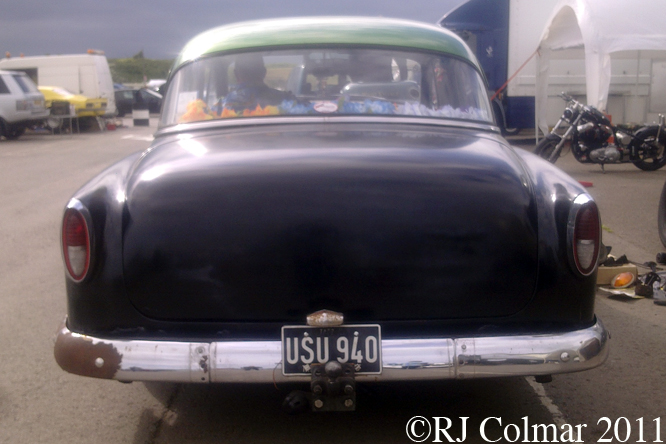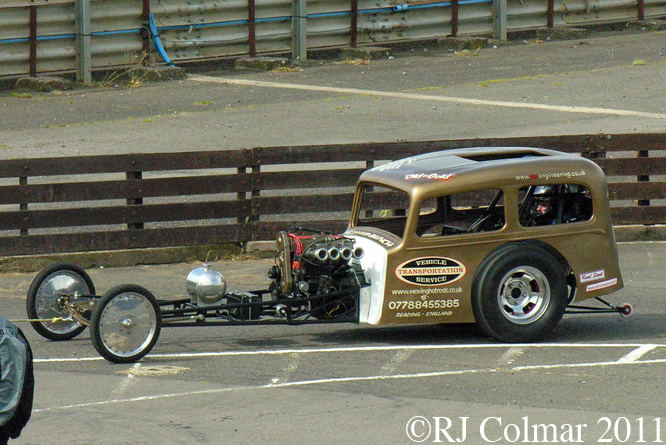Last week I had a look at the remains of the 1953 Ford Zephyr 6 that won the 1953 Monte Carlo Rally, today’s car is a 1957 Zephyr 6 with estate / station wagon coach work by Abbots of Farnham, seen here at the Goodwood Revival.
Between 1951 and 1956 148,629 Zephyr 6 saloon /sedan models were built along with 4048 convertibles with body work made by Carbodies these days called London Taxis International a company best known for making most of London’s black cabs.
To satisfy the demand for Zephyr 6 customers wanting an estate or station wagon Ford did a deal with Abbots of Farnham who converted saloons supplied by Ford into estates which were sold as Farnhams.
It is not known how many Zephyr 6 Farnhams were built but production at the Abbotts works was sufficient for Bristol to move the relatively low volume production of the 405 drop head bodies from Abbotts to Tickfords in Newport Pagnell.
Thanks for joining me on this Farnham edition of ‘Gettin’ a li’l psycho on tyres’ I hope you will join me again tomorrow. Don’t forget to come back now !

